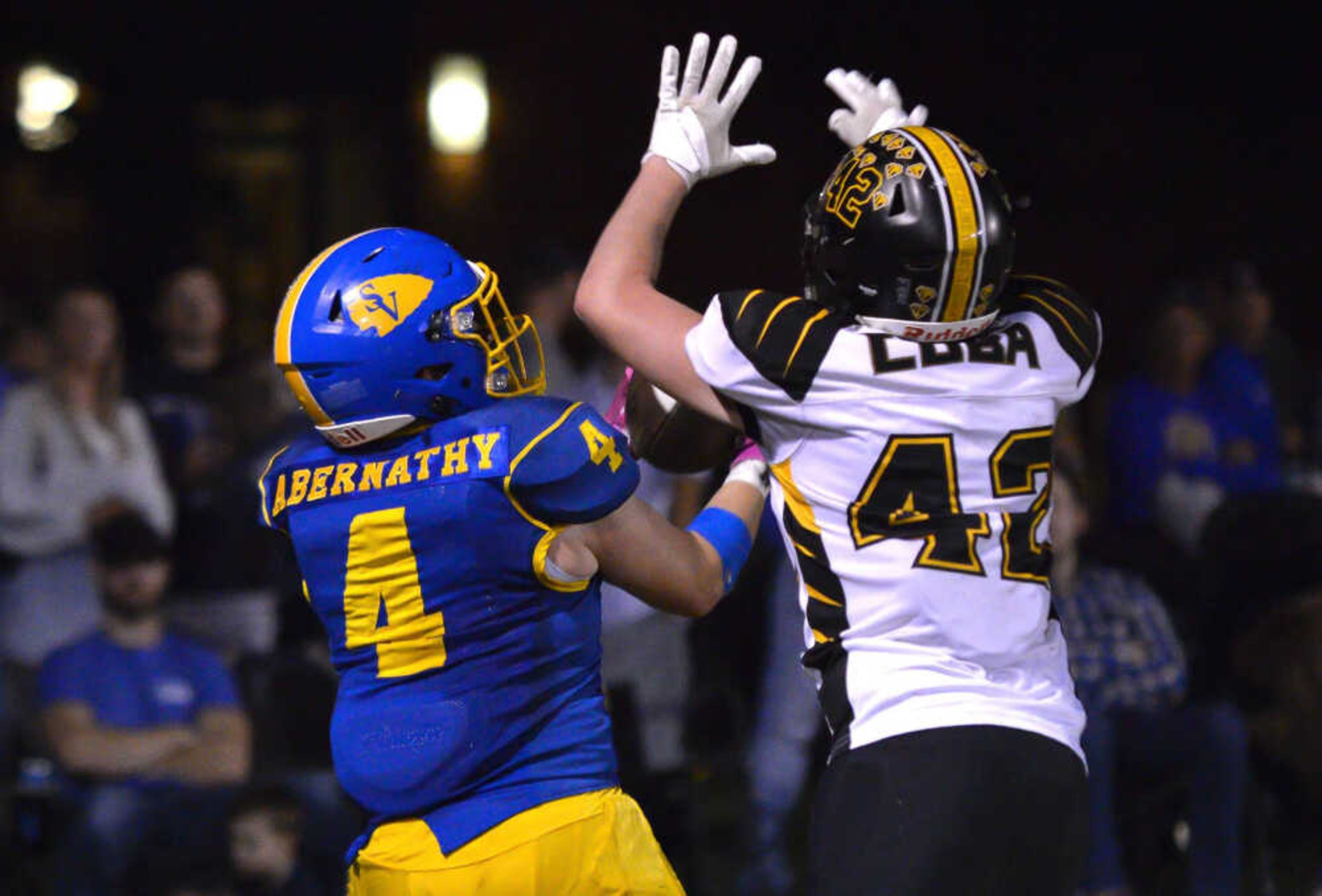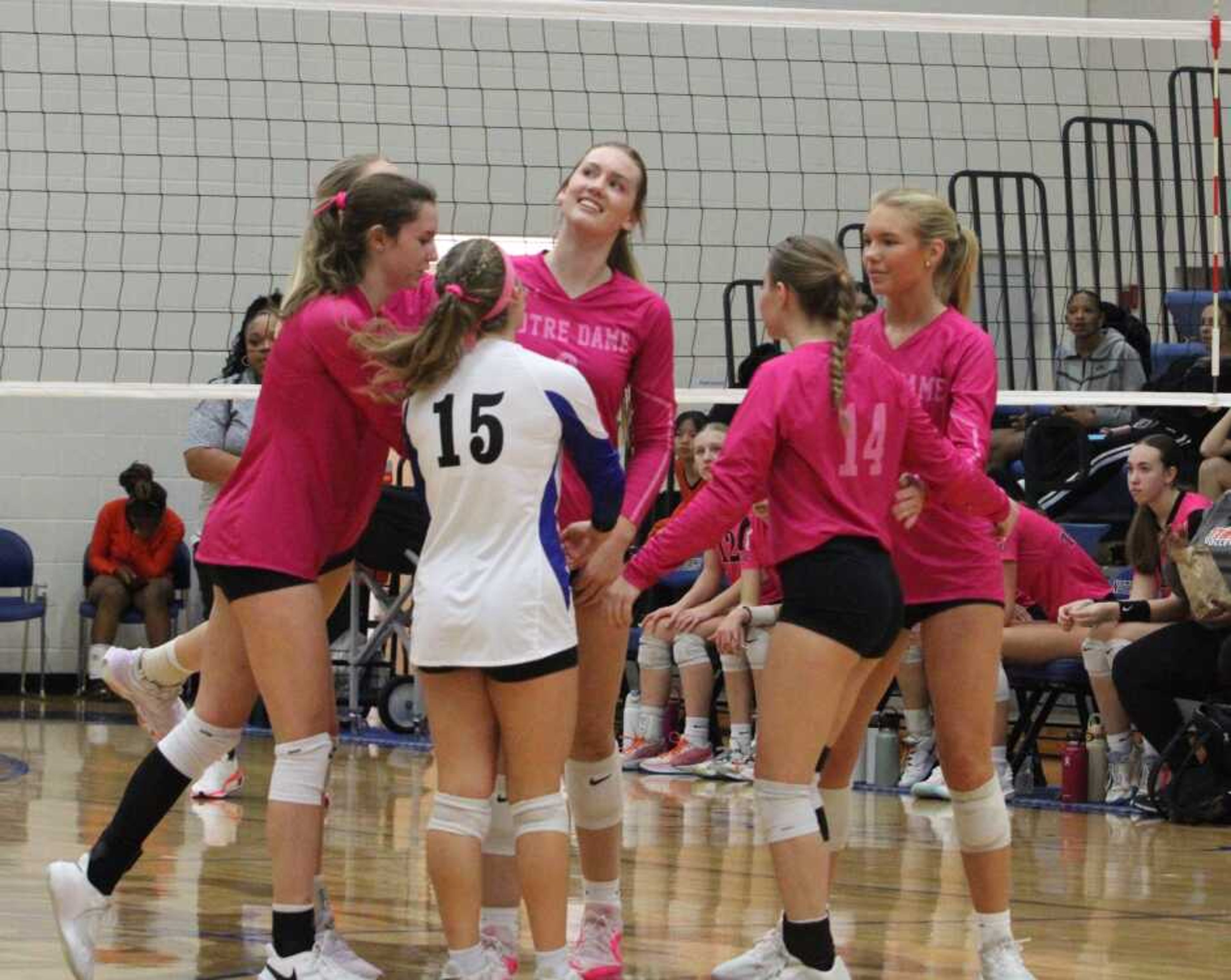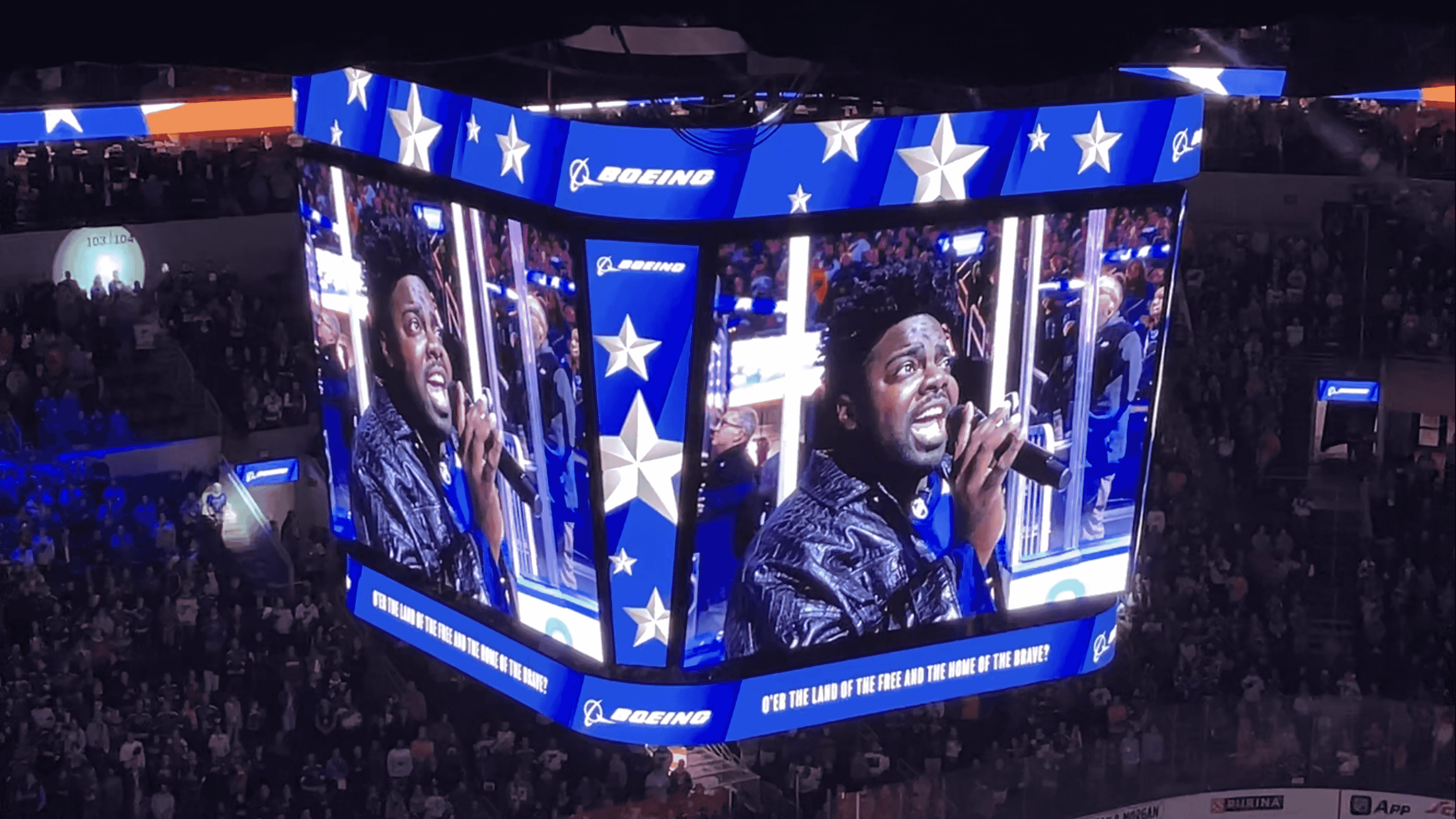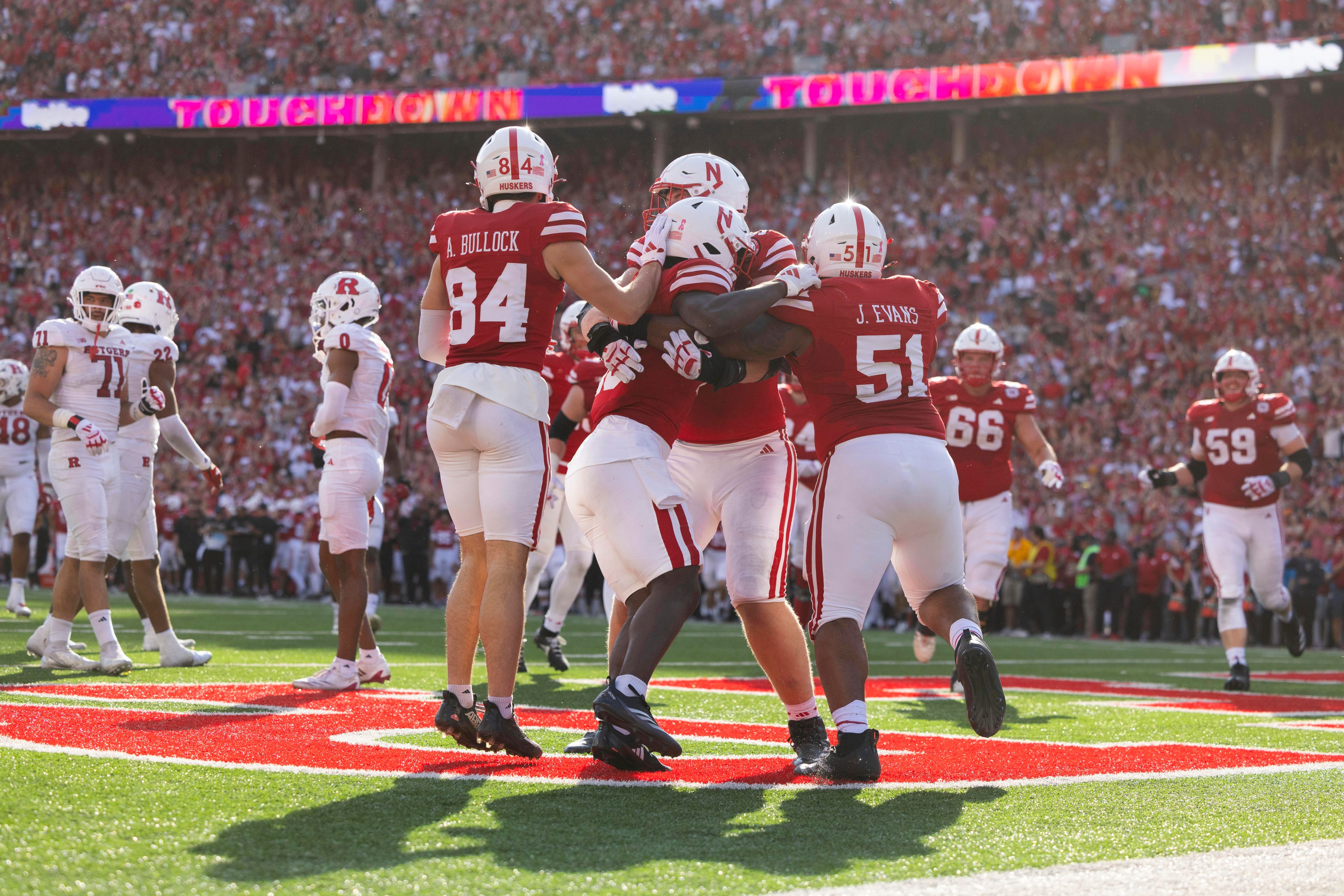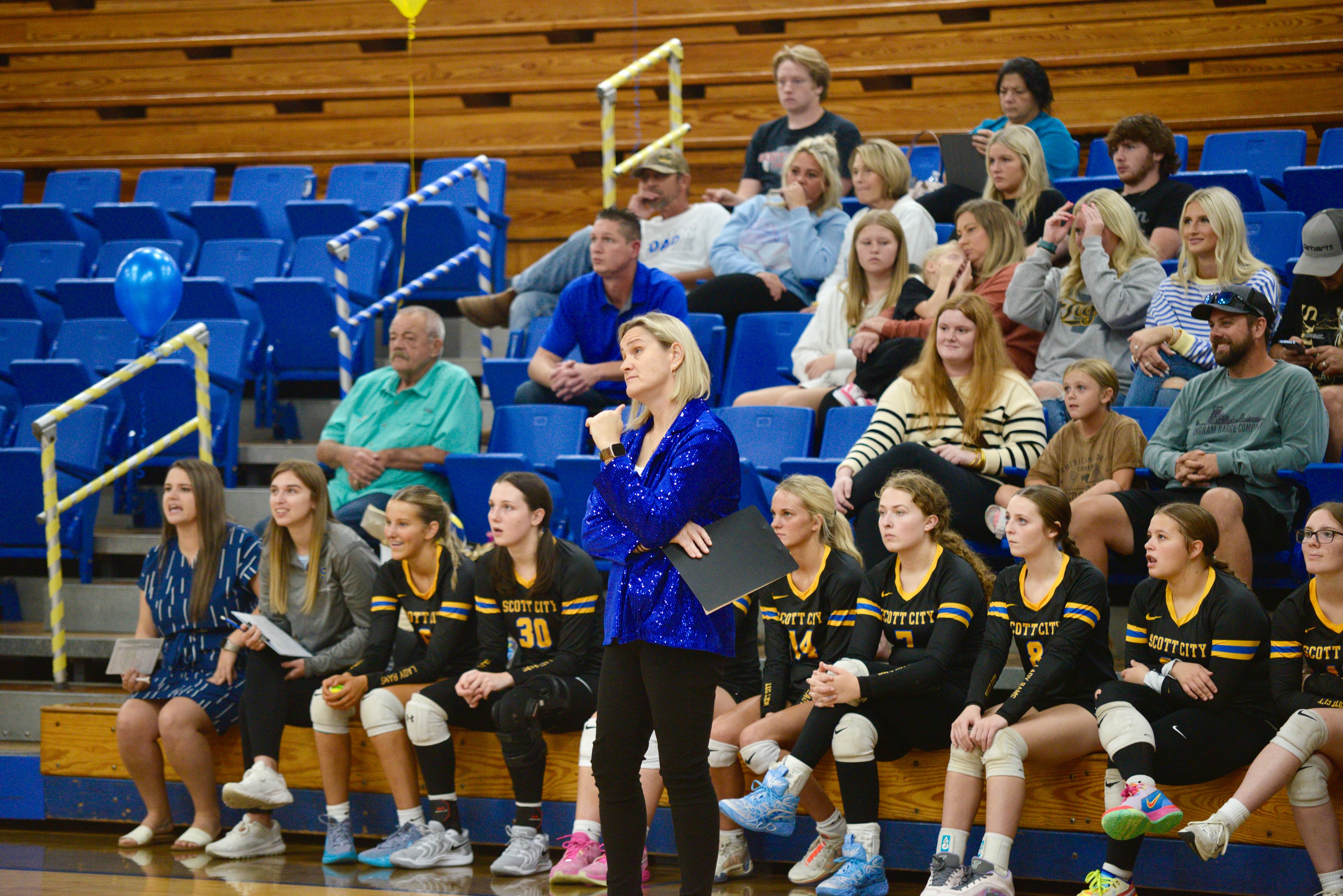League in flux as it cuts ties to NBA teams
CHARLOTTE, N.C. -- Teams are folding, another is moving. The league's financial structure was overhauled. The players want more freedom and a new contract. The top women's sports league in the country is going through its most tumultuous period since it began play...
CHARLOTTE, N.C. -- Teams are folding, another is moving. The league's financial structure was overhauled. The players want more freedom and a new contract.
The top women's sports league in the country is going through its most tumultuous period since it began play.
"After six years of any business in this economy, are the expectations too high? Probably," said Ron Goch, an NBA consultant and former Utah Starzz vice president. "Did we as a league exceed expectations out of the gate? Tremendously. ... That's what creates unfair expectations."
In October, the WNBA changed its business model, ending league ownership of teams and cutting ties that bound teams to NBA franchises.
WNBA teams now are owned by their respective NBA owners, who will run the teams with their own balance sheets. The league also will consider adding teams with non-NBA owners in non-NBA cities.
That brought a series of moves that did little to enhance an appearance of stability.
The Miami and Orlando franchises folded and Portland is on the brink of joining them.
The Starzz are moving to San Antonio.
The Storm say they need a new home or substantially reduced costs at Key Arena and are considering leaving Seattle for Tacoma, Yakima, Everett or Spokane in 2003.
--The Sting had been without an operator since the Hornets moved to New Orleans last spring. Their future was resolved Wednesday when Robert Johnson, the owner of a new NBA expansion team in Charlotte, said he would also run the Sting.
WNBA commissioner Val Ackerman said the change in the ownership model led to "a real honest assessment by our teams about the prospects in their markets."
"There have been some short-term changes, but in the end we think the restructuring will result in a better operation," Ackerman said.
Ackerman's not just spreading a party line, said Marc Ganis, a Chicago-based sports finance analyst.
"What they're doing now, it looks like weakness, but I actually think it's strength," Ganis said. "They have confidence in their business model that they can eliminate clubs that can't survive in the short term."
The WNBA started with eight teams in 1997 and expanded to 16. Ackerman said the league most likely will play with fewer than 16 teams in 2003 but hopes to return to that number in 2004.
Hartford, where the University of Connecticut has generated high interest in the women's game, is the league's top non-NBA target market and could have a WNBA team next summer.
Also under consideration are Nashville, Tenn., Pittsburgh and St. Louis. The league may place a team in Oakland, Calif., in 2004 that would be owned by the Golden State Warriors, Ackerman said.
In 2002, leaguewide attendance averaged 9,228 during the regular season. The league has averaged more than 9,000 fans since its inception, but critics say many tickets are given away or sold at steep discounts.
Supporters point out the NBA needed a quarter-century to build such an attendance.
"There's so much people are missing in terms of how these girls are role models and how they're impacting the community," Goch said. "No, it's not on a ledger, but it's important."
After the Starzz announced their move to San Antonio, players celebrated and signed autographs. In a letter on the team's Web site, Jennifer Azzi said she became misty-eyed when she saw an 83-year-old season-ticket holder at the goodbye party.
"I imagined all the things that maybe she and other women wanted to do and never got a chance," Azzi wrote.
Of course, the league ultimately must answer to the bottom line.
Ackerman describes the WNBA's losses as "significant." Some teams have had single-season deficits of more than $1 million -- a big number in a league where a season's revenues often range from $2 million to $3 million.
The WNBA is strong in New York, Houston and Washington. Ackerman noted that the NBA's new TV contract ensures national broadcasts on ABC and ESPN through 2008.
Before a seventh season can begin, the league must reach a new collective bargaining agreement. Negotiations opened last month, but Pam Wheeler, the union's director of operations, said her group is waiting for the league to respond to its initial proposal.
The players seek a pension plan, looser restrictions on endorsement deals, some form of free agency and higher salaries, Wheeler said. The average salary is $46,000.
"At this point it becomes incumbent on the league to make good on its promise that when the league becomes successful it would repay the players for their sacrifices," Wheeler said.
Ackerman declined to discuss specifics of the negotiations.
"We couldn't have asked for more than what the players have contributed over the last six years," she said. "We have tried over the last year to make sure they understand not only the opportunities that the WNBA represents, but also the challenges."
Connect with the Southeast Missourian Newsroom:
For corrections to this story or other insights for the editor, click here. To submit a letter to the editor, click here. To learn about the Southeast Missourian’s AI Policy, click here.
